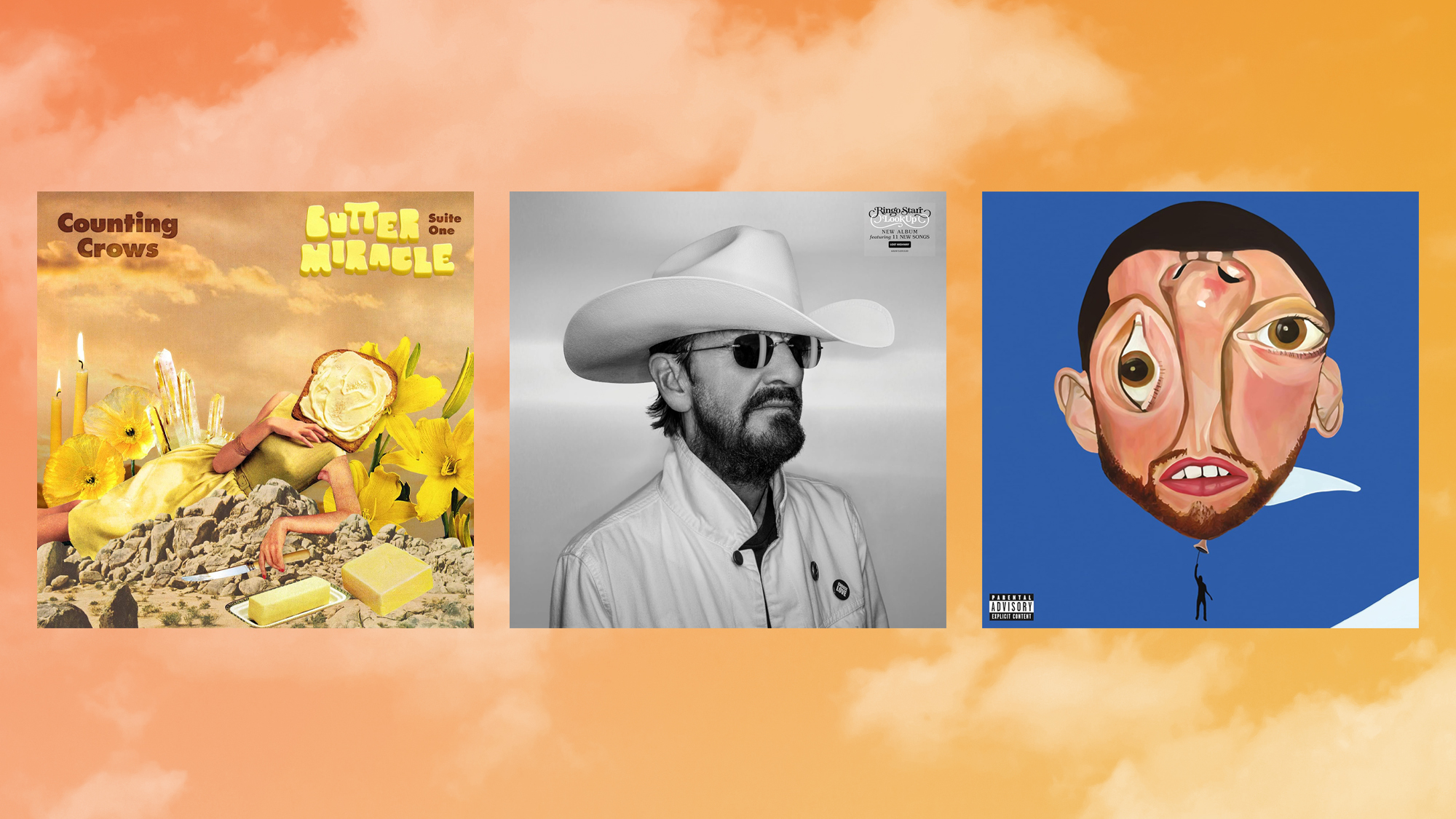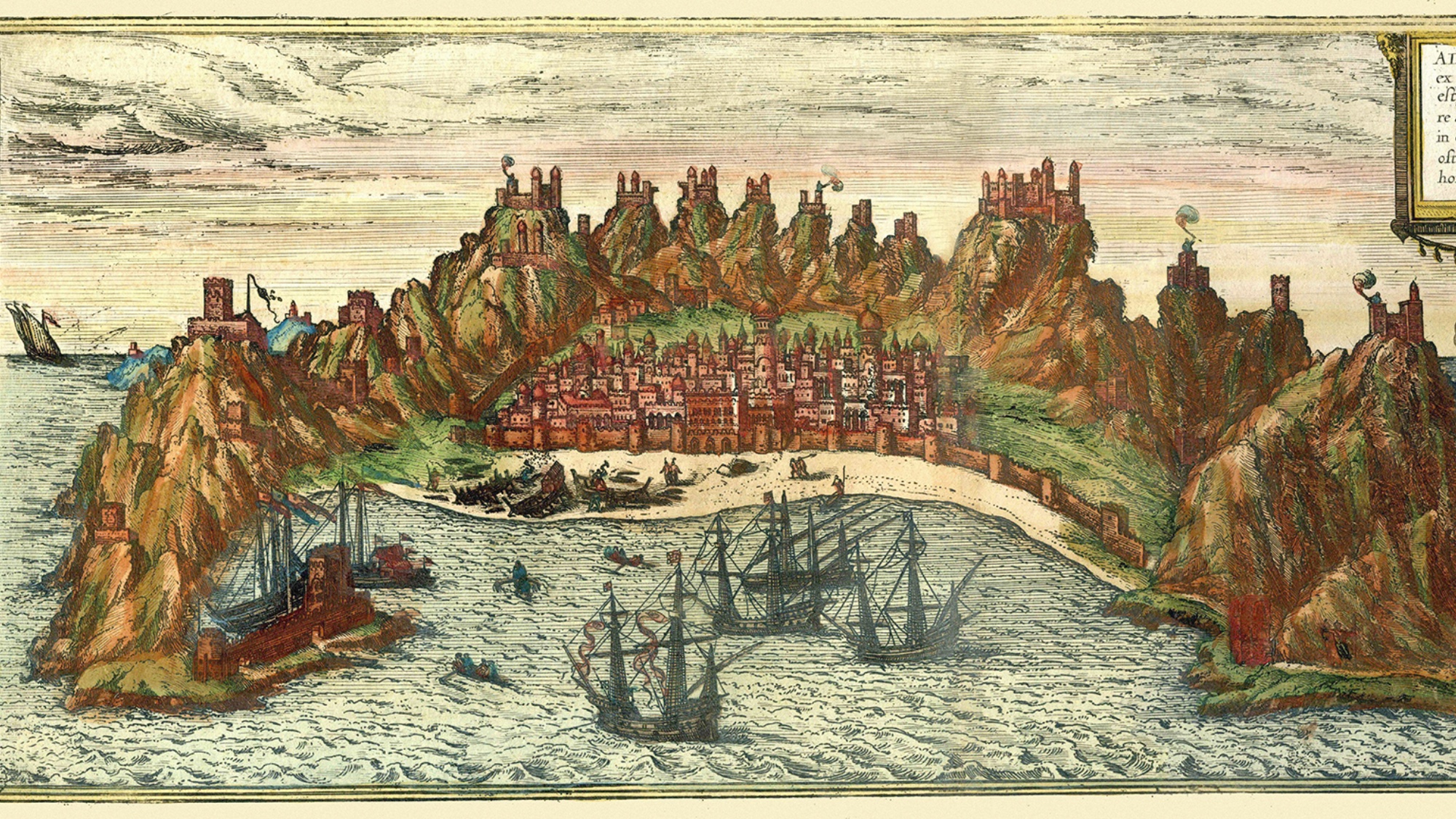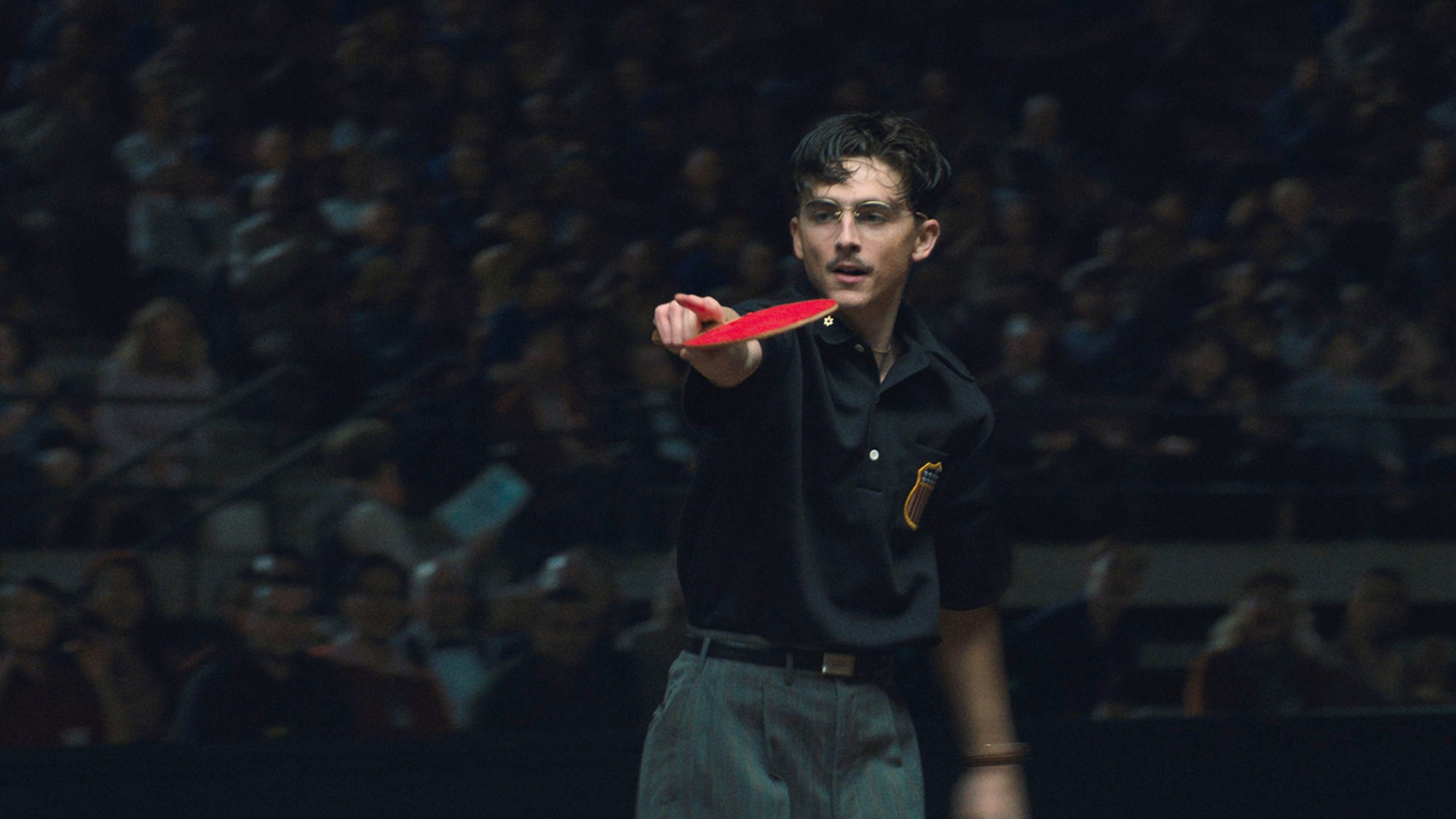Platinum Jubilee: The Queen’s Accession – a genuinely ‘breathtaking display’
Royal Collection Trust show features ‘some of the most enduring’ images of the monarch

In February 1952, 20 days after the death of George VI, the photographer Dorothy Wilding was tasked with taking the first official portrait shots of the new Queen, said Rebecca English in the Daily Mail. Wilding was no stranger to her subject: as royal photographer, she had first captured Elizabeth in 1937, when she was just 11 years old.
Yet the results of that 1952 session would go on to become “some of the most enduring” images of our monarch, forming “the basis for the profiles and silhouettes we see on stamps and coins to this day”. Wilding would take several more portraits of Elizabeth, all 24 of which are now on display at Buckingham Palace as part of a special exhibition to mark this year’s jubilee.
Displayed alongside these images is a “glittering” selection of the “priceless jewels” that the young monarch wore to sit for them. Taking in everything from an “iconic” diadem set with “1,333 brilliant-cut diamonds and 169 freshwater pearls”, to a Cartier brooch Elizabeth received as an 18th-birthday present from her father, it adds up to a genuinely “breathtaking display”.
The Week
Escape your echo chamber. Get the facts behind the news, plus analysis from multiple perspectives.

Sign up for The Week's Free Newsletters
From our morning news briefing to a weekly Good News Newsletter, get the best of The Week delivered directly to your inbox.
From our morning news briefing to a weekly Good News Newsletter, get the best of The Week delivered directly to your inbox.
The “bling” on show is “sensational”, said Alastair Sooke in The Daily Telegraph. Over the course of the exhibition, we see coronets, tiaras, brooches and bangles, all bursting with magnificent gems – diamonds, pearls and “emeralds the size of Fruit Pastilles”. Some have exciting stories behind them: the Vladimir Tiara, for instance, once belonged to the Grand Duchess of Russia. An object of “interlocking, diamond-set circles and pendant emeralds”, it is so “indecently ostentatious” that it could probably have fomented revolution on its own.
Yet it’s Wilding’s photography that “sparkles most”. These “highly stylised” early portraits “defined how her subjects understood their new queen”, casting her as “beautiful yet remote”, like some “faintly smiling lunar goddess”. Wilding clearly “relished the contrast” between the Queen’s “flawless” skin and the ruffles and pleats of her haute couture dresses. “It’s startling to be reminded how glamorous she once was.”

The show produces some interesting factoids, said Waldemar Januszczak in The Sunday Times. We learn, for example, that the reason the Queen faces right on our coins and stamps is that her father faced left, and that “unwritten royal protocol” demands successive monarchs alternate.
It’s also enlightening to see a number of unused Wilding portraits: several have Elizabeth “smiling broadly”; it seems nobody wanted to see “a beaming queen”. The climax arrives with a vitrine containing the Delhi Durbar necklace, a “piece of bejewelled magic” boasting rings of jewels alongside one of the stones cut from “the largest diamond yet found”. This “sublime bauble”, which the Queen ought to wear more often, is a highlight of a surprisingly “riveting” exhibition.
A free daily email with the biggest news stories of the day – and the best features from TheWeek.com
Buckingham Palace, London SW1 (rct.uk/collection). Until 2 October
-
 Russia’s ‘weird’ campaign to boost its birth rate
Russia’s ‘weird’ campaign to boost its birth rateUnder the Radar Demographic crisis spurs lawmakers to take increasingly desperate measures
-
 Could smaller cars bring down vehicle prices?
Could smaller cars bring down vehicle prices?Today’s Big Question Trump seems to think so, but experts aren’t so sure
-
 2025’s most notable new albums
2025’s most notable new albumsThe Week Recommends These were some of the finest releases of the past year
-
 Man vs Baby: Rowan Atkinson stars in an accidental adoption comedy
Man vs Baby: Rowan Atkinson stars in an accidental adoption comedyTalking Point Sequel to Man vs Bee is ‘nauseatingly schmaltzy’
-
 Goodbye June: Kate Winslet’s directorial debut divides critics
Goodbye June: Kate Winslet’s directorial debut divides criticsTalking Point Helen Mirren stars as the terminally ill English matriarch in this sentimental festive heartwarmer
-
 A Christmas Carol (or two)
A Christmas Carol (or two)The Week Recommends These are the most delightful retellings of the Dickens classic from around the country
-
 ‘Capitalism: A Global History’ by Sven Beckert and ‘American Canto’ by Olivia Nuzzi
‘Capitalism: A Global History’ by Sven Beckert and ‘American Canto’ by Olivia NuzziFeature A consummate history of capitalism and a memoir from the journalist who fell in love with RFK Jr.
-
 Frank Gehry: the architect who made buildings flow like water
Frank Gehry: the architect who made buildings flow like waterFeature The revered building master died at the age of 96
-
 6 lovely barn homes
6 lovely barn homesFeature Featuring a New Jersey homestead on 63 acres and California property with a silo watchtower
-
 Film reviews: ‘Marty Supreme’ and ‘Is This Thing On?’
Film reviews: ‘Marty Supreme’ and ‘Is This Thing On?’Feature A born grifter chases his table tennis dreams and a dad turns to stand-up to fight off heartbreak
-
 Heavenly spectacle in the wilds of Canada
Heavenly spectacle in the wilds of CanadaThe Week Recommends ‘Mind-bending’ outpost for spotting animals – and the northern lights